In our rapidly evolving digital age, the lifecycle of electronic devices is becoming increasingly shorter, leading to a surge in electronic waste. As a response to this growing concern, the R2v3 certification has emerged as the latest and most comprehensive update, setting a new standard for responsibly recycling and disposing of electronic equipment.
You may also want to learn more about iFixYouri’s other certifications.
Understanding R2v3 Certification
The R2v3 certification attests to our commitment to environmental protection, safety, and sustainability. It mandates the recycling and disposal of all electronic equipment following the highest standards. This certification doesn’t just stop at environmental considerations; it also emphasizes facility safety and prioritizes the well-being of the workforce involved in the recycling process.
The Importance of Responsible Electronics Recycling
With technology evolving at an unprecedented pace, businesses and individuals alike are constantly upgrading their electronic devices. However, the environmental impact of electronic waste cannot be overlooked. The R2v3 certification addresses this issue head-on by mandating practices that minimize the negative effects on the environment.
Key Features of R2v3 Certification
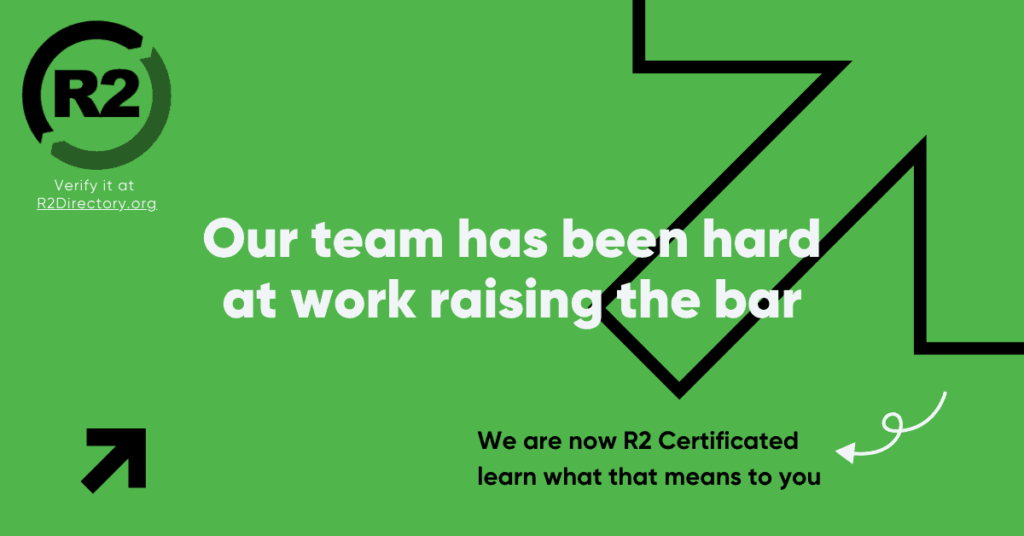
Environmental Protection
The R2v3 certification ensures that electronic equipment undergoes recycling using environmentally friendly methods, minimizing the carbon footprint and reducing the overall impact on the planet.
Facility Safety
Facility safety takes top priority. The certification establishes guidelines to guarantee that recycling facilities are equipped with the necessary safety measures, reducing the risk of accidents and ensuring a secure working environment.
Workforce Well-being
Recognizing the importance of the individuals involved in the recycling process, R2v3 emphasizes their well-being and safety. This includes providing proper training, implementing protective measures, and adhering to ethical labor practices.
Partnering for a Sustainable Future
By aligning with the R2v3 certification, businesses have the opportunity to contribute significantly to sustainability and corporate social responsibility. This commitment not only fosters a positive brand image but also appeals to environmentally-conscious consumers.
How iFixYouri Can Help
At iFixYouri, we recognize the significance of the R2v3 certification and its role in fostering sustainability. Our team is dedicated to ensuring the responsible recycling and disposal of electronic equipment, adhering to the highest standards set by the certification.
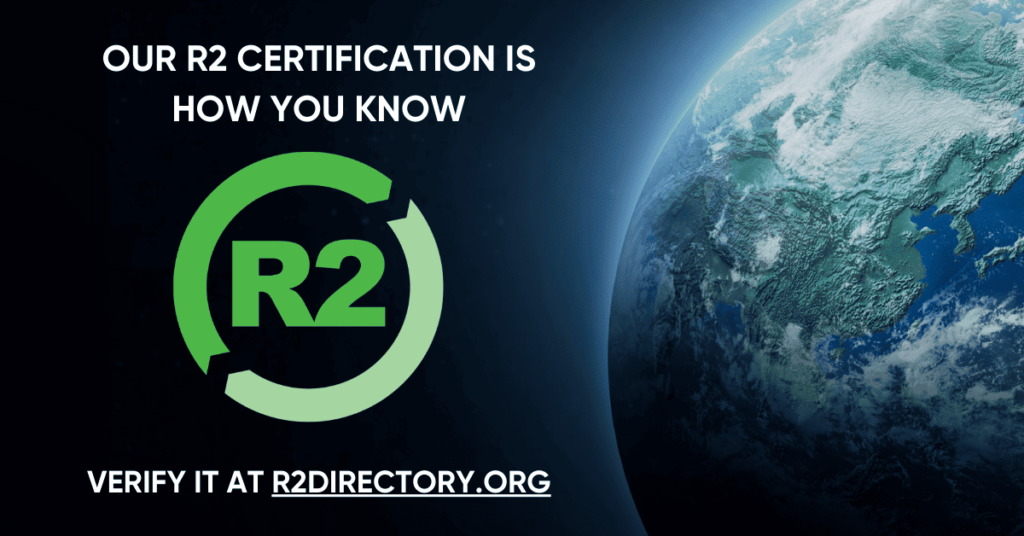
By partnering with iFixYouri, businesses can embrace a sustainable future, reduce their environmental footprint, and demonstrate a commitment to ethical and responsible practices.
The R2v3 certification is a crucial step toward mitigating the environmental impact of electronic waste. By embracing responsible electronics recycling, businesses can lead the way in creating a sustainable future for generations to come. Join us in making a positive impact on the planet and fostering a culture of environmental responsibility.
*iFixYouri’s R2v3 certification applies to our warehouse located at 10190 Riverside Drive, Palm Beach Gardens, FL 33410.

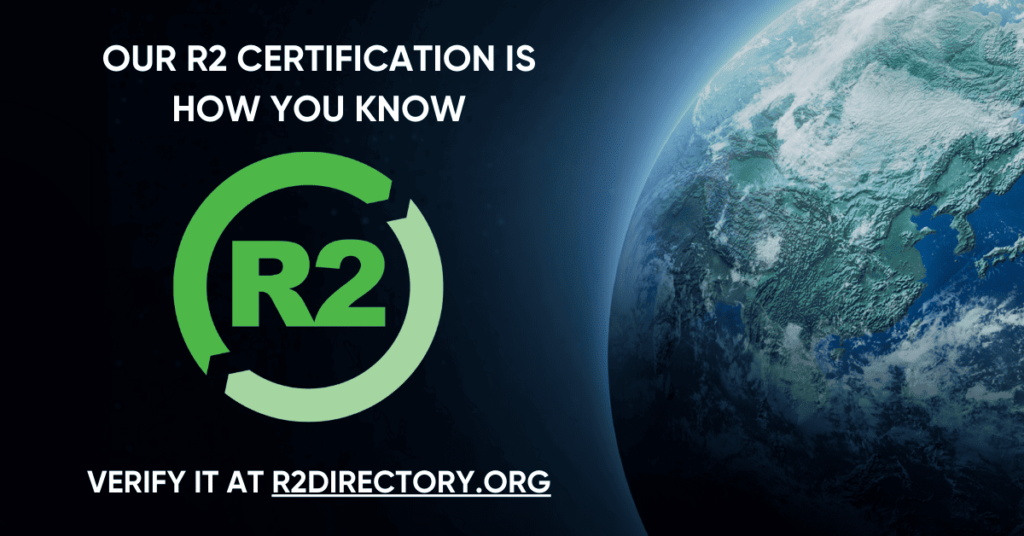
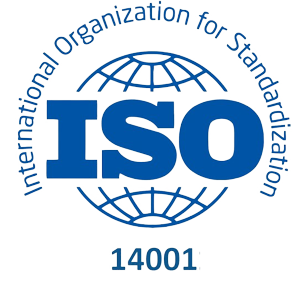
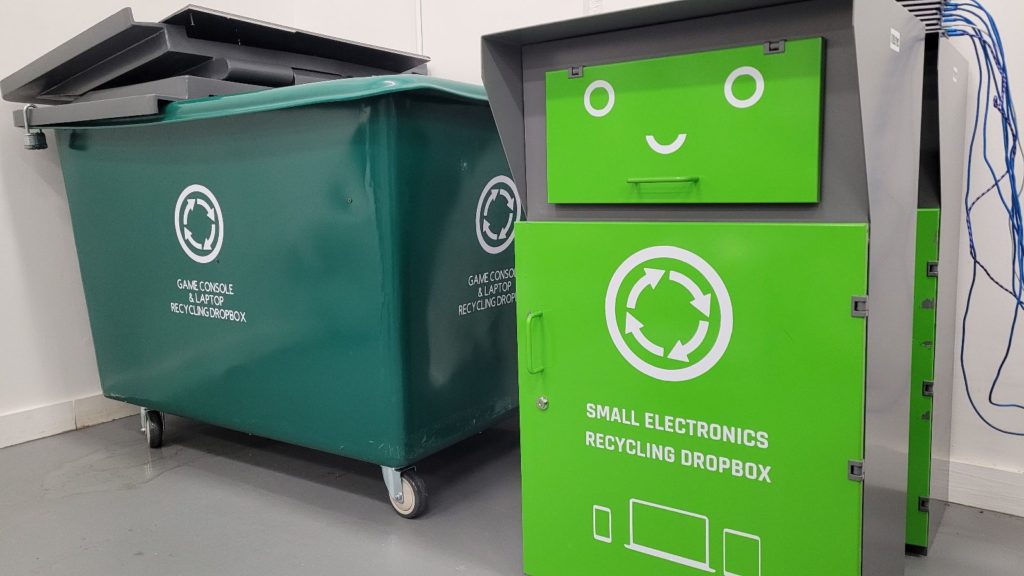


 You may be familiar with the phrase “Reduce. Reuse. Recycle.” What you may not realize is that this waste management mantra is ordered by benefit to the environment. Repairing your damaged electronics is the most environmentally conscious choice because it reduces the overall waste ending up in our landfills.
You may be familiar with the phrase “Reduce. Reuse. Recycle.” What you may not realize is that this waste management mantra is ordered by benefit to the environment. Repairing your damaged electronics is the most environmentally conscious choice because it reduces the overall waste ending up in our landfills.